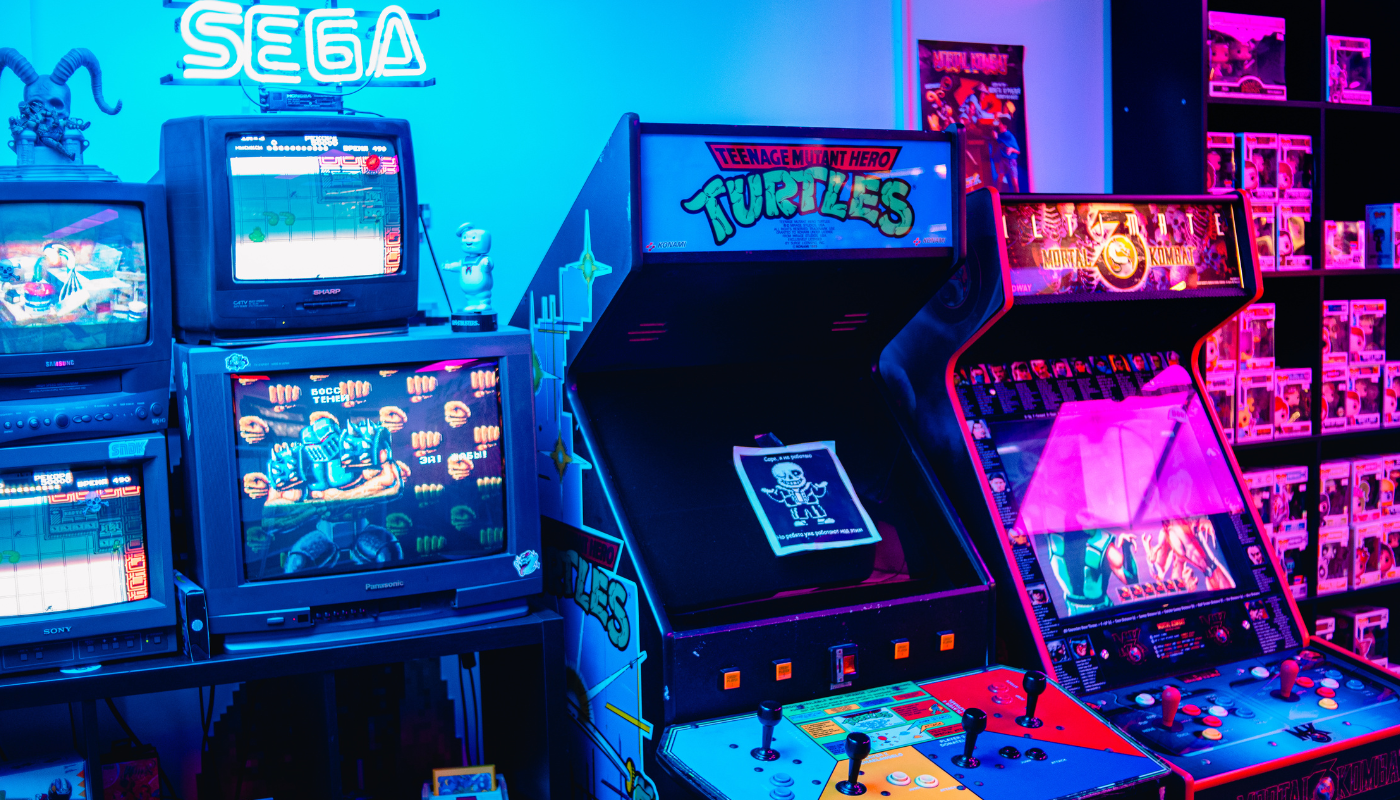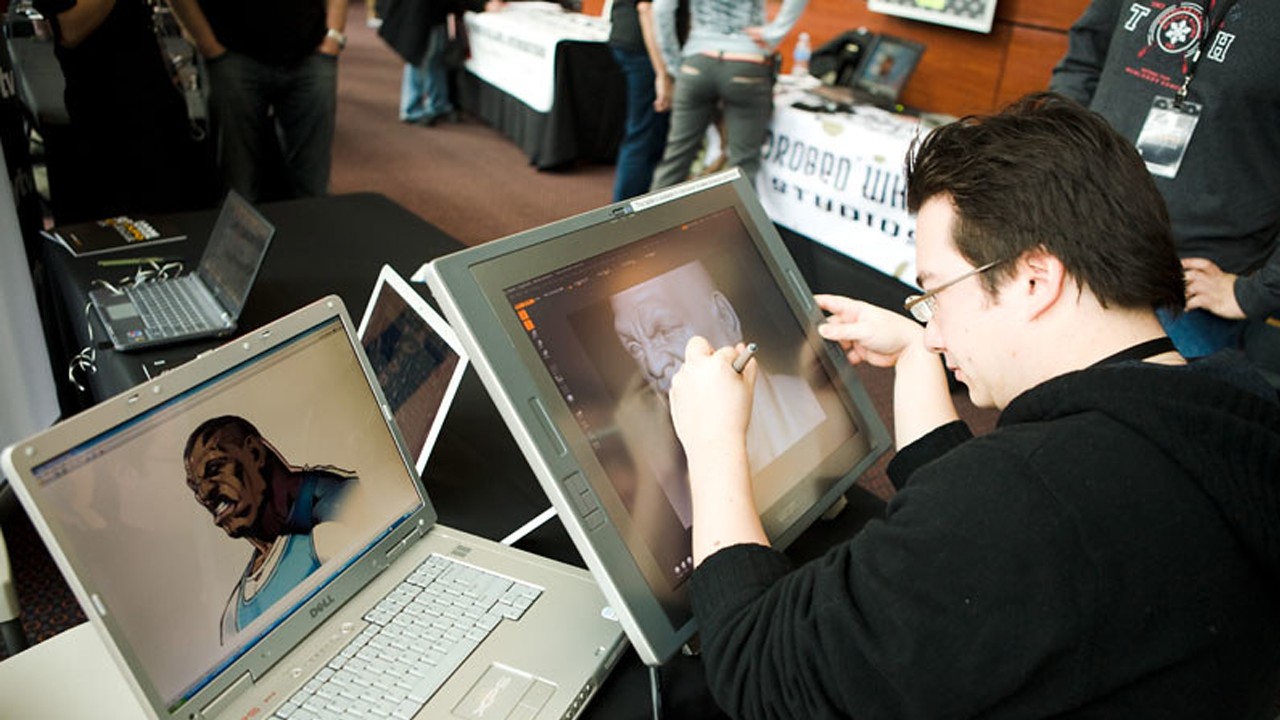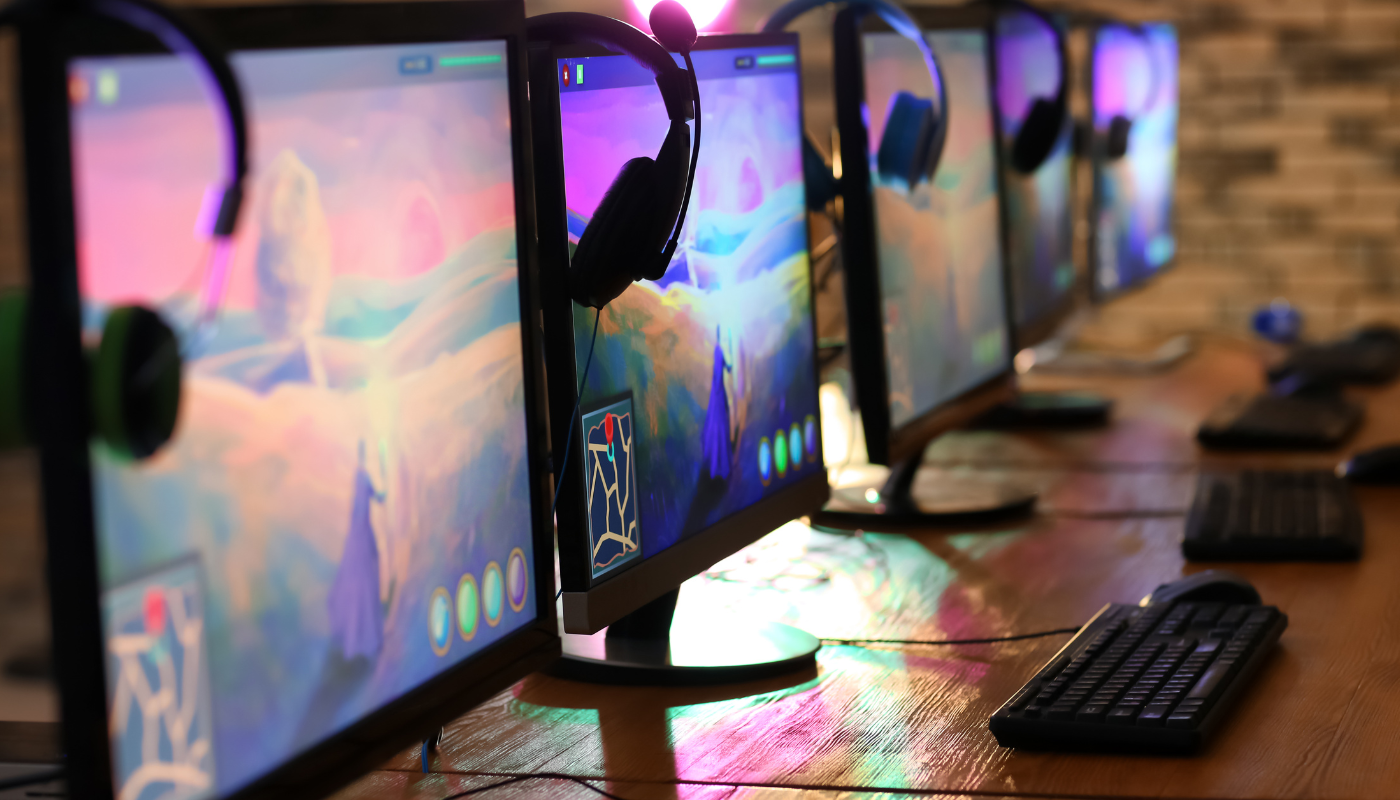In the constantly changing gaming industry, creativity and innovation are essential. It’s important to protect your original ideas when creating video games or board games. Knowing how to patent a game idea can help secure your intellectual property and prevent misuse of your efforts. This guide outlines key steps, legal aspects, and successful case studies to assist upcoming game developers.
Understanding Patents and Copyrights in Gaming
In game development, distinguishing between patents, copyrights, and trademarks is essential. While a patent protects the functional aspects of a game, copyrights safeguard the original expression of ideas, such as artwork and characters. Trademarks protect brand identifiers like names and logos.
What Can Be Patented in Game Development?
When considering how to patent a game, it’s important to note that you can’t patent a general idea or concept. Instead, patents cover specific, tangible elements that are novel and non-obvious. This includes unique game mechanics, rules, technological innovations, and specialized equipment or interfaces.
Differences Between Patents, Copyrights, and Trademarks
Understanding the distinct roles of each intellectual property type helps in effectively protecting your game.
| Intellectual Property Type | Protects | Duration | Example in Gaming |
| Patent | Functional aspects like mechanics and technology | 20 years from filing date | Unique game controller design |
| Copyright | Original works like art, music, and code | Life of the author plus 70 years | Game artwork and storyline |
| Trademark | Brand identifiers like names and logos | Indefinitely, with renewals every 10 years | Game title or company logo |
Preparing Your Game for Patent Application
Before you begin the patent application process, it’s vital to ensure your game meets the necessary criteria and is properly documented. This preparatory phase lays the foundation for a successful patent filing and increases the likelihood of your invention being granted legal protection.
Creating Detailed Documentation
Comprehensive documentation is the backbone of your patent application. It should include detailed descriptions of your game’s mechanics, rules, objectives, and any unique technological implementations. Visual aids like drawings and flowcharts can enhance understanding and strengthen your application.
Building a Prototype and Conducting Tests
Developing a working prototype is crucial. It allows you to validate your game mechanics, gather feedback, and demonstrate viability. Conducting thorough playtests can reveal areas for improvement and further innovation, enhancing your game’s overall quality.
Performing a Patent Search
Before filing, conduct a thorough patent search to ensure your game doesn’t infringe on existing patents. Utilize the United States Patent and Trademark Office (USPTO) databases and consider international searches if you plan to market globally. This step helps avoid legal issues and confirms your game’s uniqueness.
Navigating the Patent Application Process
Understanding the application process is critical when learning how to patent a game effectively. This involves choosing the right type of patent application, being aware of the costs and time involved, and evaluating the commercial viability of your game.
Types of Patent Applications: Regular vs. Provisional
You have two primary options when filing for a patent:
- Provisional Patent Application: Offers a lower initial cost and establishes an early filing date, allowing you to use “Patent Pending” status. However, it expires after one year, and you must file a regular application within this period.
- Regular (Non-Provisional) Patent Application: This is more detailed and expensive but begins the official examination process and can lead to an issued patent.
Costs and Time Involved in Patent Applications
Patenting a game is a significant investment. Filing fees can range from a few hundred to several thousand dollars, depending on the type of application and entity status. Hiring a patent attorney adds to the cost but can be invaluable for navigating the complexities of patent law. The process can take from one to three years, depending on the complexity and USPTO backlog.
Evaluating the Commercial Viability of Your Game
Before investing time and money, assess whether patenting is the right move. Consider the game’s uniqueness, market demand, potential competition, and long-term viability. Conduct thorough market research to gauge interest among target consumers and analyze how your game stands out in the market.
Examples of Successful Patented Games
Looking at successful cases can provide insight into the impact of patenting and how it can contribute to a game’s success and longevity.
Iconic Board Games and Their Patents
- Monopoly: Patented in 1935, it has become one of the most famous board games globally, demonstrating how patent protection can help establish a game’s enduring presence.
- Rubik’s Cube: Granted a patent in 1974, this puzzle game revolutionized the genre and remains popular today.
- Trivial Pursuit: Patented in 1981, it set a new standard for trivia-based games and showcases how unique game mechanics can be protected.
Video Games with Patents and Their Impact on the Industry
- Nintendo’s Game Controllers: Patents on unique controller designs have set Nintendo apart, illustrating the importance of protecting technological innovations.
- Activision’s Multiplayer Matchmaking System: Their patented algorithms enhance player experiences and have influenced online gaming.
These examples highlight how understanding how to patent a game can contribute to both a game’s and a company’s success.
Conclusion
Navigating the path to patenting a game requires a comprehensive understanding of the legal landscape, meticulous preparation, and strategic decision-making. By thoroughly documenting your game, building prototypes, conducting patent searches, and evaluating commercial viability, you position yourself for success. Protecting your game’s unique aspects not only safeguards your intellectual property but can also enhance its market value and longevity in the competitive gaming industry.
FAQ
Can I patent my game idea or just its design?
You can’t patent a general game idea, as ideas aren’t patentable. However, you can patent the specific mechanics, rules, and unique technology of your game.
How to protect my game idea from theft before patenting?
To safeguard your idea before patenting, limit playtesting to trusted individuals who have signed non-disclosure agreements. Avoid public disclosures until after filing a patent application to maintain the integrity of your invention.
What factors should I consider when pursuing a game patent?
Consider your game’s uniqueness, market demand, costs and time for application, and long-term viability. Assess whether patenting aligns with your business strategy and if the potential benefits outweigh the investment.
How do I find a patent attorney for my game?
Resources like UpCounsel can connect you with patent attorneys specializing in game-related intellectual property. Additionally, the USPTO provides a directory of registered patent practitioners who can assist with your application process.

Is a game developer and writer with over seven years of experience in the gaming industry. Specializing in game design, development trends, and emerging technologies. He has worked on indie game projects and larger development teams, sharing his insights to help aspiring developers navigate the evolving world of game creation. Ethan’s articles focus on practical tips, game mechanics, and tools to inspire creativity in the gaming community.






